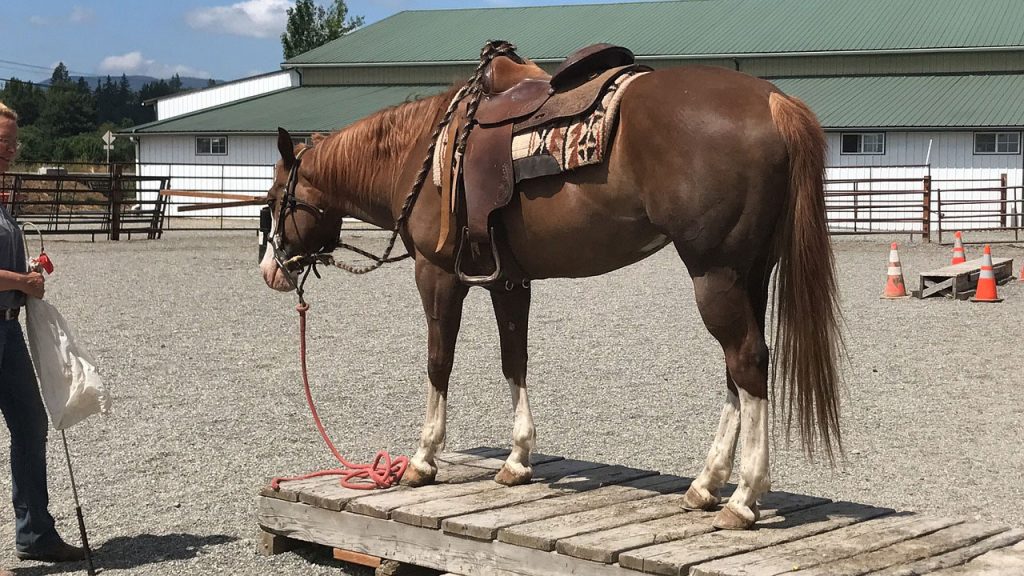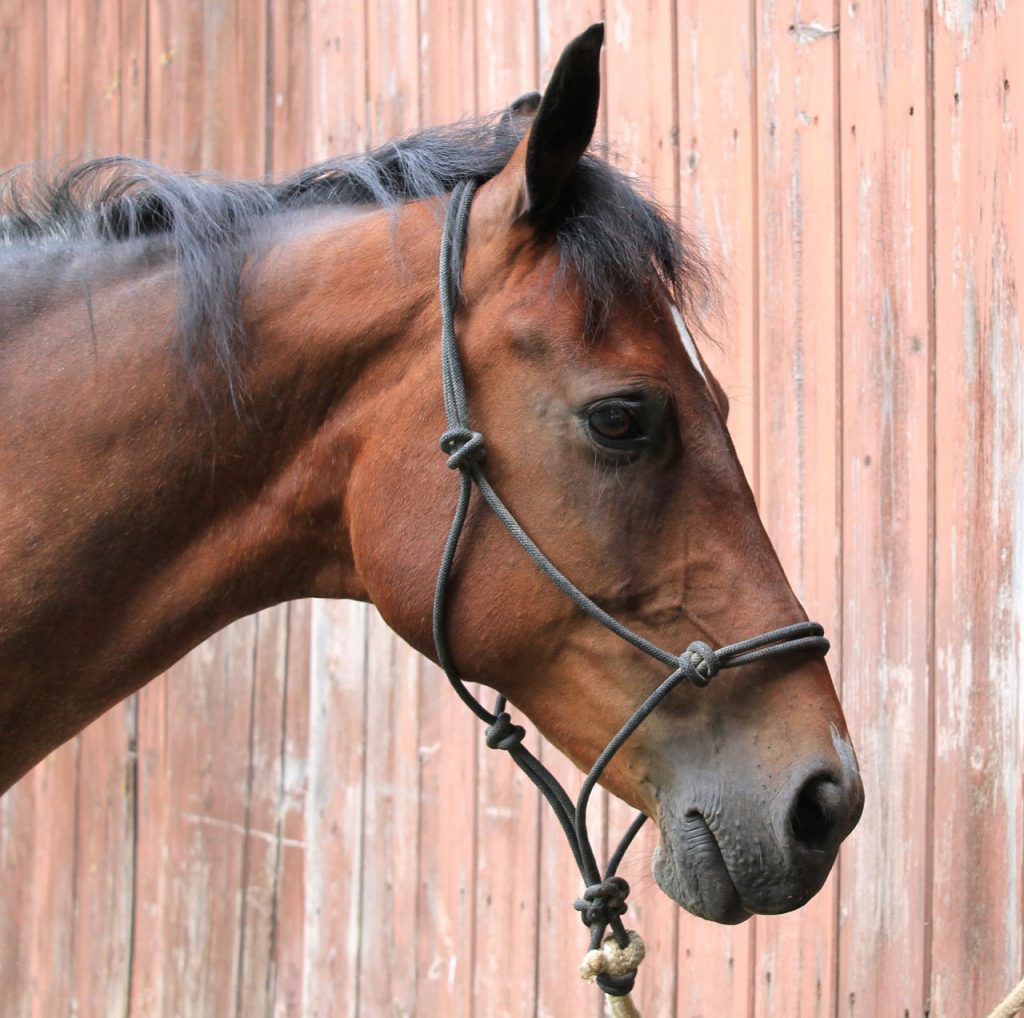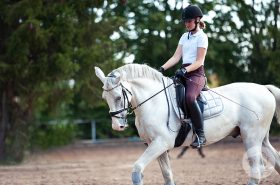Let’s take a look at this highly talked about training method.
If you’ve been around horses long enough, then you’ve likely heard the term ‘natural horsemanship’. While it has been around for quite a while, it has only become popular in the past two decades or so. Nowadays, interested horse owners can find clinics, books, videos, and online resources all focused on this particular type of training. It can be a very rewarding experience!
What is Natural Horsemanship?
A trainer communicates with a horse based on its natural instincts. These handlers work to understand how a horse thinks and processes things. The animal isn’t forced into submission, rather they willing choose to cooperate with their handler. Fear and pain are not part of the program.
Some of the basic concepts include-
- Pressure and release: In simple terms, pressure is applied and when the horse makes a correct step the pressure is released (or stopped). The pressure will motivate the horse to seek the reward or release.
- Approach and retreat: This concept helps to instill confidence. You move toward your horse with a scary object and then back away when they show fear. Once they have calmed down, you move toward them again. Eventually, their reaction becomes less and you’re able to get closer.
- Reward and consequences: There’s a lot of variation to this concept. In some cases, you may choose to drive or push your horse away, but then reward their behavior for listening. It’s a combination of positive and negative reinforcements.
- Desensitization: This process involves teaching your horse how to be less reactive to scary objects or situations. It also helps to build their confidence and can be used in conjunction with the approach and retreat method.
- Building blocks: Natural horsemanship trainers acknowledge the importance of creating a solid foundation or starting point. They work through the levels one step at a time to gradually increase the horse’s training.
The History of this Training
Natural horsemanship trainers have existed since ancient times. They’ve often had to compete with more inhumane methods. Throughout the American West, harsh techniques were used to break a number of horses in a quick matter. Some of the gentler ideas found in natural horsemanship do have roots in cowboy traditions though.
The natural horsemanship movement primarily took place in Pacific Northwest and Rocky Mountain states of the United States. Early practitioners, such as Tom and Bill Dorrance, became strong influencers on famous trainers like Ray Hunt and Buck Brannaman. Furthermore, Pat Parelli coined the term ‘natural horsemanship’ and founded a training program for horse owners of all levels. Some trainers claim to have been influenced by Native American techniques.
Basic Ideas
It’s possible for a person to understand their horse through body language. The practitioner can use the horse’s head and ear position, speed, and various gestures to understand their communication. It’s important to acknowledge the horse has natural prey/predator instincts that can affect their work.
This training philosophy is about bonding with your horse. You want to gain their respect and confidence. Trust me, this won’t happen overnight… Building a partnership with your horse will take time and shouldn’t be rushed. It can be used for nearly any discipline of rider from jumping and dressage to trail riding and roping. The key is to listen and work with them.
If you’re looking for a good place to start consider the Parelli Natural Horsemanship (https://www.parelli.com/) program. You can learn how to communicate with your horse in a way they understand through the Seven Games. Other trainers include Clinton Anderson, John and Josh Lyons, Monty Roberts, Craig Cameron, Stacey Westfall, and Buck Brannaman. There are also plenty of non-famous natural horsemanship trainers worth checking out.
This exciting way of training can help you develop as a handler and rider. It will give you the necessary skills to solve problems and tackle scary situations. It’s a unique way to interact with your horse so that they understand you. And in the end, you’ll be grateful for the relationship that’s formed.
**
Emily Fought discovered her passion for horses early on in life. When she isn’t writing about them, you can find her in the barn riding. Although Emily’s background is in dressage, she enjoys cross-training and is an avid trail rider. She resides in Northwestern Pennsylvania with her husband and small dog. Together, they own and operate Humblewood Farm.





